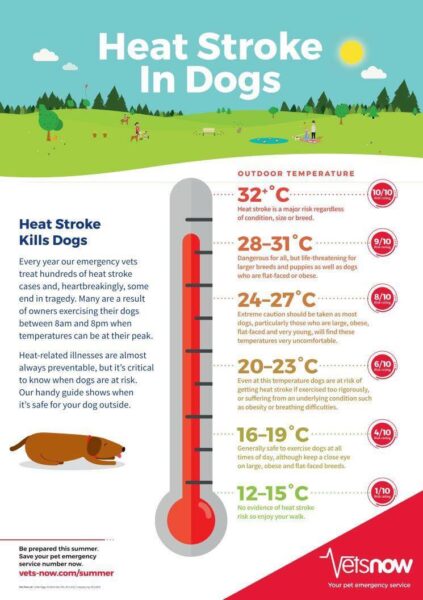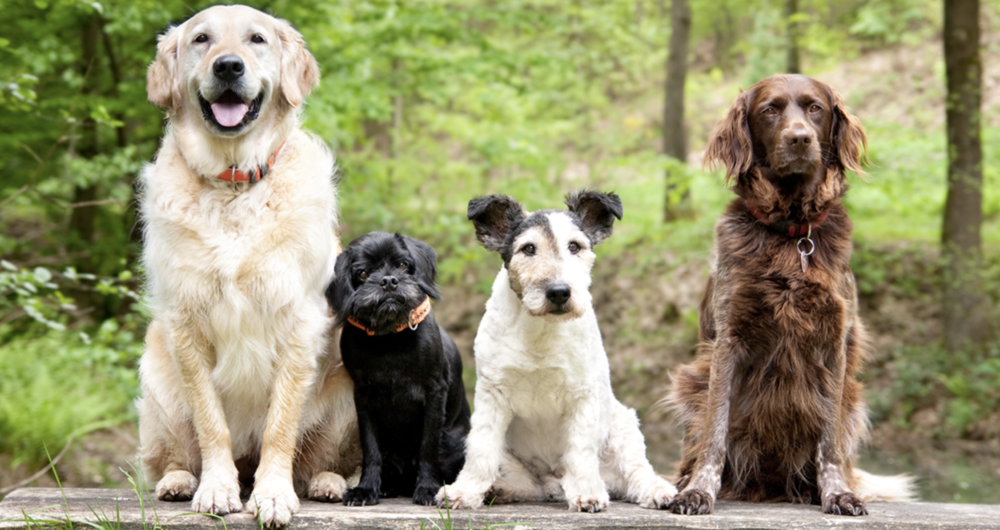Buckingham is finally seeing summer weather, with residents flocking to parks or beer gardens. But with the increase in temperature, comes an increased risk of heatstroke in dogs.
The temperatures we’re seeing as we look towards the beginning of August range from 20 to 28 degrees celsius. Typical ways to keep yourself cool include drinking plenty of water, colder showers, allowing air flow in the home and staying in the shade. But when it comes to our four-legged companions do these strategies stay the same?
Make sure they’re drinking enough:
Keeping your dog hydrated is the highest priority to keep them at a regular temperature. The best tactic is to place multiple bowls of water both inside and outside. Additionally, ice cubes can help to keep the water colder for longer. This is an important factor in reducing risk of heatstroke.
Reducing walks or only going at cooler times:
Whilst, exercise for dogs can be a daily ritual, this may need changing during a heatwave or hot weather. In general, it’s not recommended to walk dogs in any temperature exceeding 20 degrees celsius, although other factors such as obesity or breathing issues should be considered when judging if this is appropriate.
As temperatures increase between 20 to 27 degrees, so too does the risk to life. Extreme caution should be taken in these circumstances. Dogs which are especially at risk include: flat-faced breeds, obese dogs, puppies and larger breeds.
It is best to walk dogs in the early morning or late afternoon when the air is on the lower side. Pavements can be up to twice as hot as the air temperature if they have been exposed to the sun, so walking in a field or park for no longer than 30 minutes is ideal.
Other tips for cooling down dogs include: cooling mats, cooling coats, using a fan or paddling pool and avoiding hot cars. You could also give them ice cubes to chew, which will also help to keep their body temperature down.
Signs of overheating to look out for:
Heat-related illnesses are almost always preventable but signs should be spotted and intervention should happen early. Signs of overheating include: feeling warm to the touch, panting, dribbling more than usual or presenting a rapid heartbeat. In these cases action is needed to prevent them becoming seriously ill.
Follow this link for more information.





